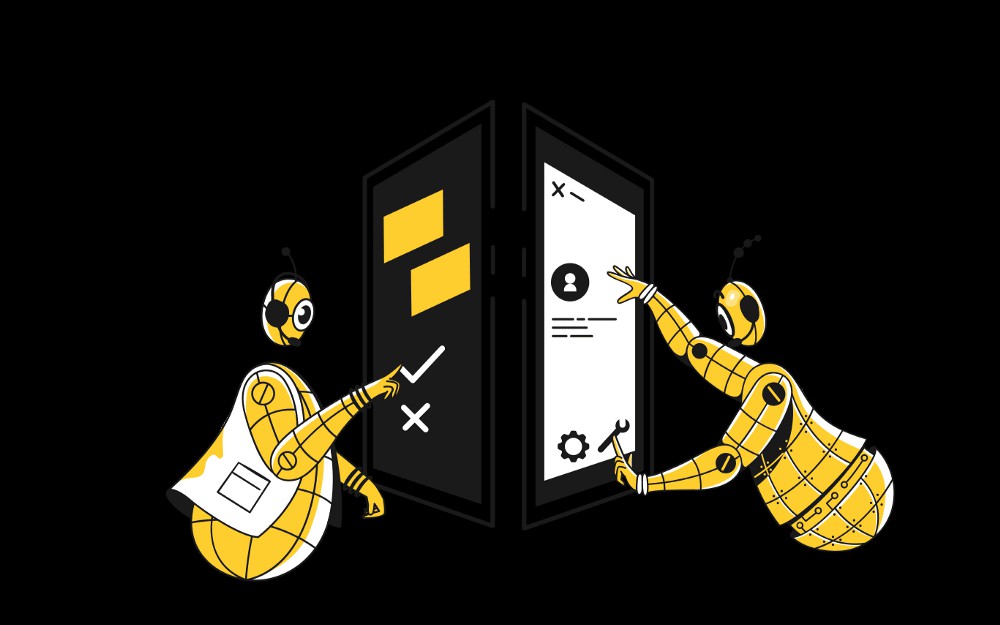Feature acceptance by the client is one of the important phases in the project’s life cycle, which ultimately determines the product’s functionality delivered to the end-users. The whole point of this step is to successfully sign off the feature with the client and make the release, but to achieve it you have to make sure that all the objectives are met. Sometimes not everything goes so smoothly. It often happens when just before the deadline you discover that some functions are acting up or stop working at all. As a result, you get stressed teams and unsatisfied clients. Let’s work out why these problems occur and the ways you can ensure stressful-free feature completion.
Feature Requirements
One of the most frequent problems is when teams do not think through feature requirements.

For example, you implemented a feature for the web page, however, you did not think it through and forgot to adjust it for the mobile version, which results in a jagged page layout or faulty feature. Or you developed a customer service feature for end-users but did not consider adding a control panel for admin staff. Such small things, which can easily slip your mind will have a big impact on the quality of the user experience.
Feature planning
The previous issue can be avoided by focusing on creating a high-quality and comprehensive plan in the early stages, which will help you and your team to avoid any last-minute hustles.

The main objective of feature planning lies in determining the value it will deliver to a user; however, it also includes in itself everything from function capabilities and to the way it will look like. When you are working on big projects, it is essential for a team to carefully consider each feature from** the perspectives of different users** as it is greatly affecting the characteristics it should deliver. It is also important to organize enough testing before the project completion, to identify any defects in the early stages.
Feature Misunderstanding
Another common problem is when** clients’ wishes are being misread** and it is usually a product of poor communication. It happens that at the planning stage technical team misunderstands the client’s needs and as a result, the final product is not meeting their expectations.
Sometimes both parties are the ones to blame. For example, the client has given a vague presentation of their idea, while developers did not clarify confusing parts and proceeded to an execution stage. Nevertheless, I believe that we should encourage a customer to be more open and give us a bigger and more detailed picture, especially if he/she is not tech-savvy and can have a difficult time trying to explain something out of their expertise. It is more sensible to ensure that all the time and effort you are about to put in this project is not going to be put to waste and met with disapproval in the end.
Afterward no matter if the idea was coming from the main stakeholder or product manager and despite how good it may sound; it has to go through a feature validation process. Essentially it will help to make sure it solves the right problems, fits the needs of your target audience, and has the potential for future business success. Only then you can proceed to the implementation stage. It is more sensible to ensure that all the time and effort the team is about to put in this project is not going to be put to waste for an idea that was bound to fail from the beginning.
#mobile app development #project management #software developent #relationship #acceptance criteria #relationship building
